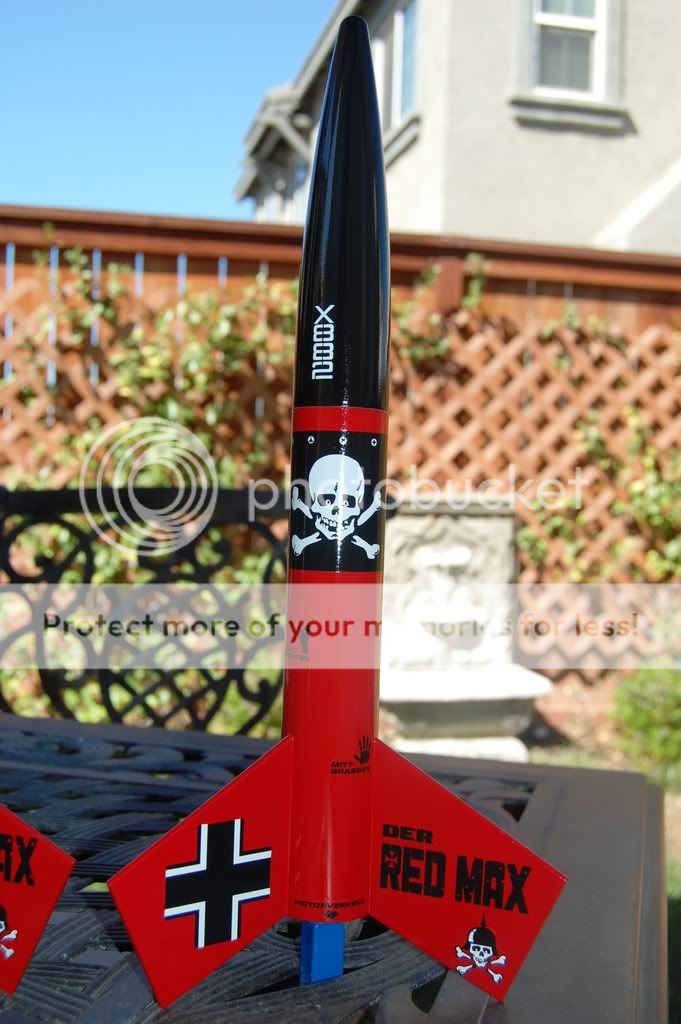Getting back into rockets with my son after 20+ years and I'm having troubles making decent looking fillets. On this rocket I drilled 1/8" holes in the body tube under the root edge of the fin and mixed Greatplanes wood glue with some balsa sanding for extra strength. When I made the final fillet the results were pretty sad. The Pro Wood Glue dries really thin and has no real radius. This has been the norm. I tried to go over them with white glue but no luck, will not stick to the GP wood glue. I've come a long way from the Wizards, and Vikings I bought from selling magazine subsciptions as a kid, but whats the trick for the great looking fillets I see on other rockets. here are some pics of the work in progress.
























